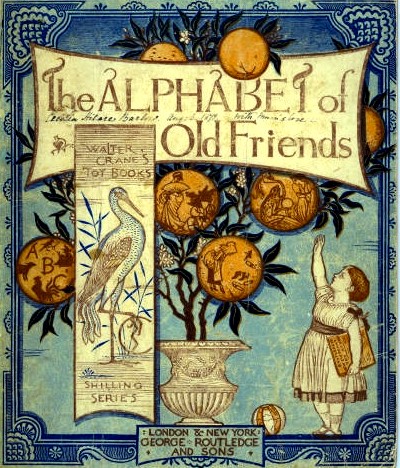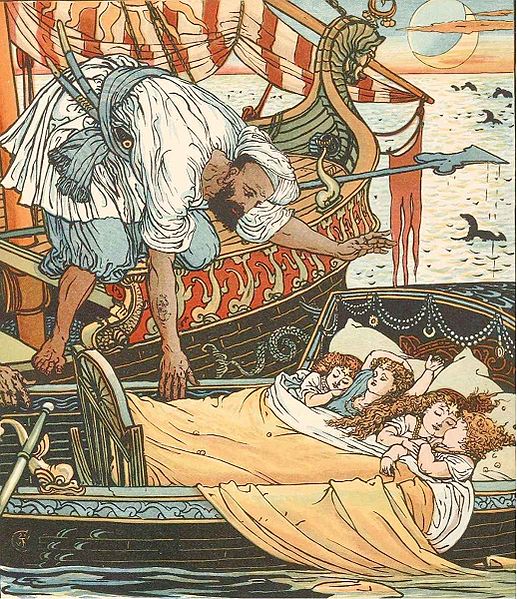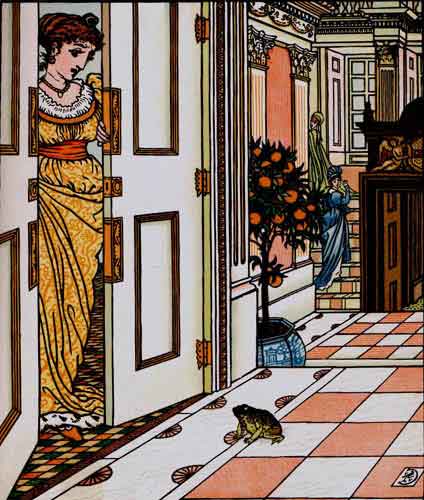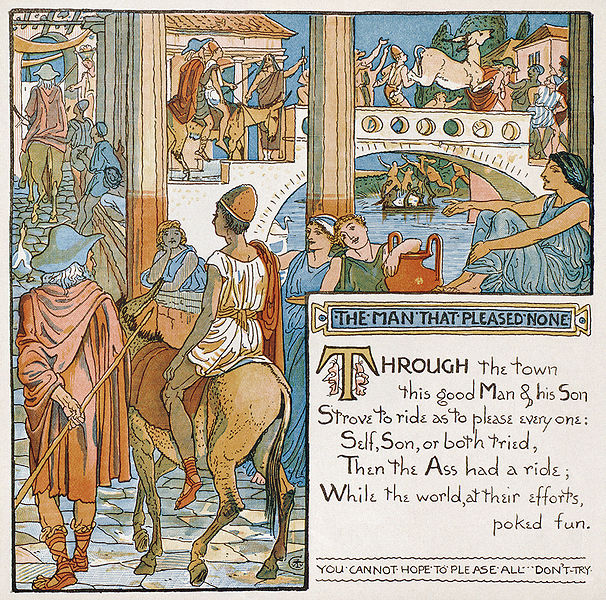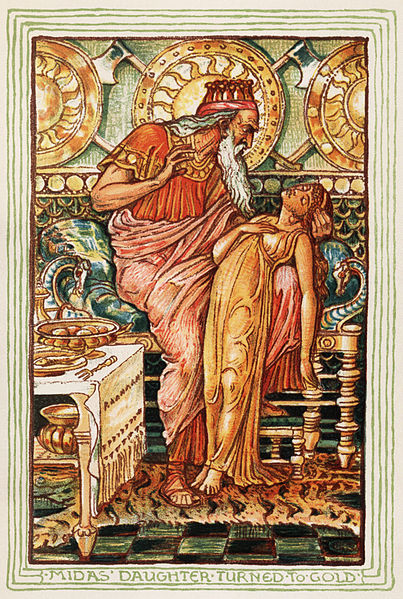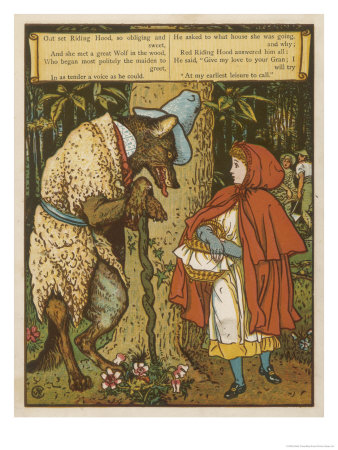<Back to Index>
- Painter and Printmaker Lovis Corinth, 1858
- Illustrator Walter Crane, 1845
PAGE SPONSOR
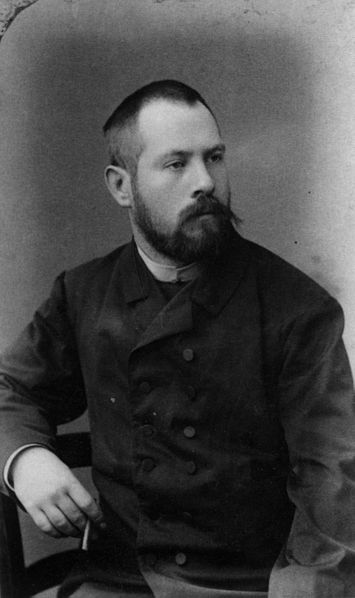
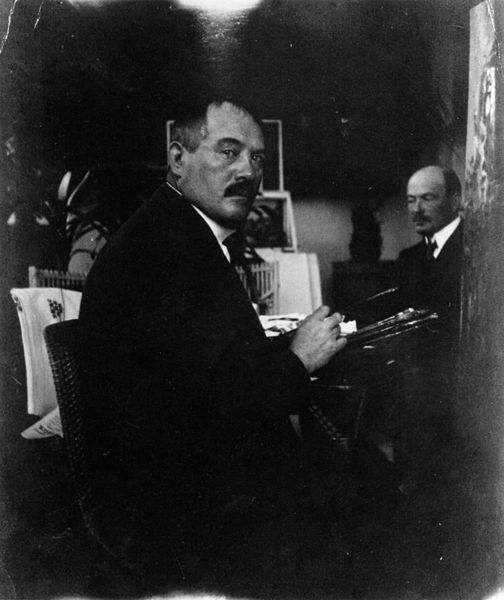
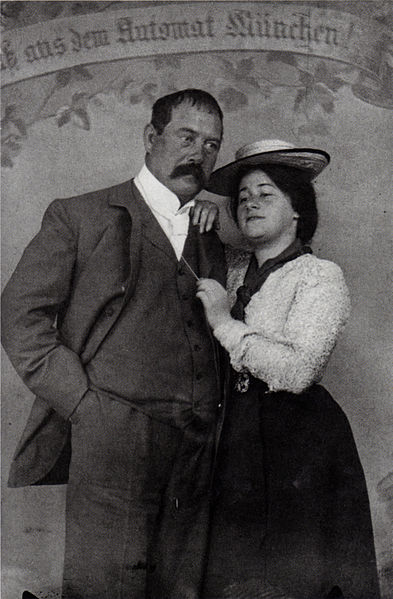
Lovis Corinth (21 July 1858 – 17 July 1925) was a German painter and printmaker whose mature work realized a synthesis of impressionism and expressionism.
Corinth studied in Paris and Munich, joined the Berlin Secession group, later succeeding Max Liebermann as the group's president. His early work was naturalistic in approach. Corinth was initially antagonistic towards the expressionist movement, but after a stroke in 1911 his style loosened and took on many expressionistic qualities. His use of color became more vibrant, and he created portraits and landscapes of extraordinary vitality and power. Corinth's subject matter also included nudes and biblical scenes.
Corinth was born in Tapiau (Gvardeysk), Province of Prussia, Kingdom of Prussia. Showing an early talent for drawing, he attended the Academy of Fine Arts Munich in 1880, which rivaled Paris as the avant garde art center in Europe at the time. There he was influenced by Courbet and the Barbizon school, through their interpretation by the Munich artists Wilhelm Leibl and Wilhelm Trübner. Corinth then traveled to Paris where he studied under William - Adolphe Bouguereau at the Académie Julian.
In 1891, Corinth returned to Munich, but in 1892 he abandoned the Munich Academy and joined the first Sezession. In 1894 he joined the Free Association, and in 1899 he participated in an exhibition organized by the Berlin Secession. These nine years in Munich were not his most productive, and he was perhaps better known for his ability to drink large amounts of red wine and champagne.
Corinth moved to Berlin in 1900, and had a one man exhibition at a gallery owned by Paul Cassirer. In 1902 at the age of 43, he opened a school of painting for women and married his first student, Charlotte Berend, some 20 years his junior. Charlotte was his youthful muse, his spiritual partner, and the mother of his two children. She had a profound influence on him, and family life became a major theme in his art.
In December 1911, he suffered a stroke, and was partially paralyzed on his left side. With the help of his wife, within a year he was painting again with his right hand. It was at this time that landscapes became a significant part of his oeuvre. These landscapes were set at the Walchensee, a lake in the Bavarian Alps where Corinth owned a house. Their lively picturing, in bright colors, tempt many to consider the Walchensee series as his best work. From 1915 – 25, he served as President of the Berlin Secession.
Corinth explored every print technique except aquatint; he favored drypoint and lithography. He created his first etching in 1891 and his first lithograph in 1894. He experimented with the woodcut medium but made only 12 woodcuts, all of them between 1919 – 1924. He was quite prolific, and in the last 15 years of his life he produced more than 900 graphic works, including 60 self portraits. The landscapes he created between 1919 and 1925 are perhaps the most desirable images of his entire graphic oeuvre. He painted numerous self portraits, and made a habit of painting one every year on his birthday as a means of self examination. In many of his self portraits he assumed guises such as an armored knight (The Victor, 1910), or Samson (The Blinded Samson, 1912). A self portrait of 1924 is in the Museum of Modern Art, New York City.
On 15 March 1921 Corinth received an honorary doctorate from the University of Königsberg.
In 1925, he traveled to the Netherlands to view the works of his favorite Dutch masters. He caught pneumonia and died in Zandvoort.
In 1910 Corinth had donated the painting Golgatha for the altar of the church of his birthplace, Tapiau. At the end of the Second World War, when the Red Army army invaded East Prussia, this painting disappeared without trace. Tapiau was among the few East Prussian places not devastated by the war, which makes it likely that the painting was looted rather than destroyed.
The house where Corinth was born is still in the town, which is now Gvardeysk, Kaliningrad Oblast.
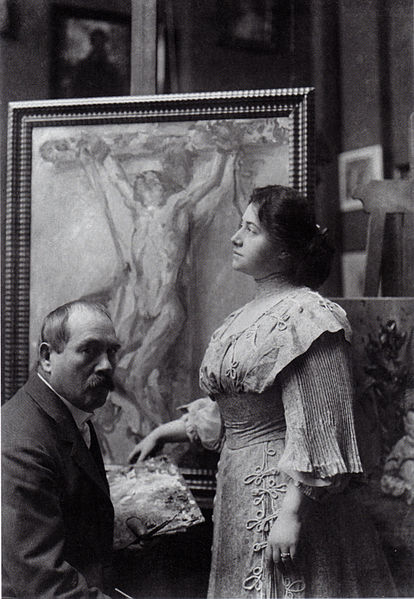
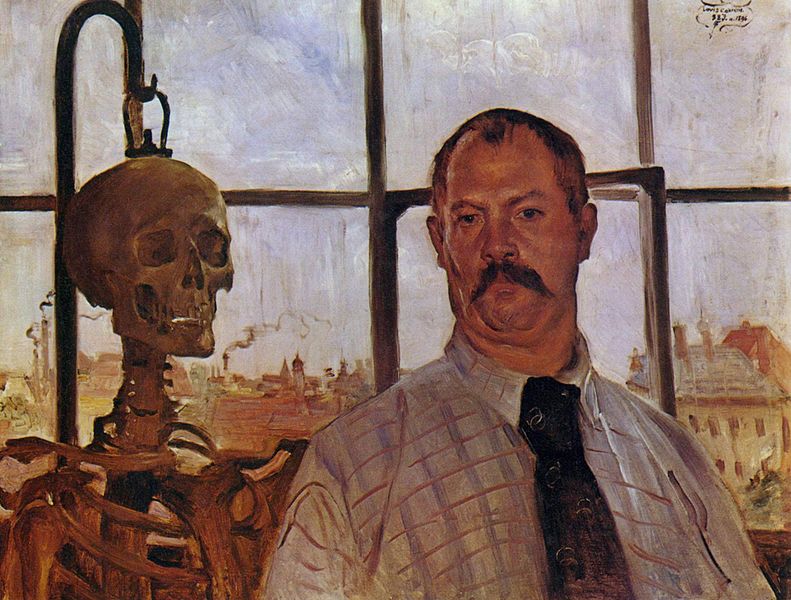
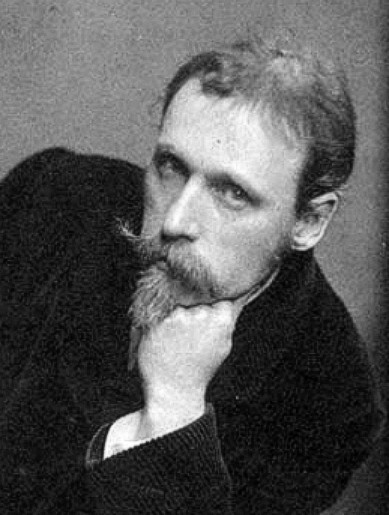
Walter Crane (1845 – 1915) was an English artist and book illustrator. He is considered to be the most prolific and influential children’s book creator of his generation and, along with Randolph Caldecott and Kate Greenaway, one of the strongest contributors to the child's nursery motif that the genre of English children's illustrated literature would exhibit in its developmental stages in the latter 19th century. His work featured some of the more colorful and detailed beginnings of the child - in - the - garden motifs that would characterize many nursery rhymes and children's stories for decades to come. He was part of the Arts and Crafts movement and produced an array of paintings, illustrations, children's books, ceramic tiles and other decorative arts.
Walter Crane was born in Liverpool, England, on 15 August 1845, the second son of Thomas Crane, a portrait painter and miniaturist. He was a fluent follower of the newer art movements and he came to study and appreciate the detailed senses of the Pre - Raphaelite Brotherhood, and was also a diligent student of the renowned artist and critic John Ruskin. A set of colored page designs to illustrate Tennyson's "Lady of Shalott" gained the approval of wood engraver William James Linton to whom Walter Crane was apprenticed for three years (1859 – 1862). As a wood engraver he had abundant opportunity for the minute study of the contemporary artists whose work passed through his hands, of Pre - Raphaelites Dante Gabriel Rossetti and John Everett Millais, as well as Alice in Wonderland illustrator Sir John Tenniel and Frederick Sandys. He was a student who admired the masters of the Italian Renaissance, however he was more influenced by the Elgin marbles in the British Museum. A further and important element in the development of his talent was the study of Japanese color prints, the methods of which he imitated in a series of toy books, which started a new fashion.
From the early 1880s, initially under Morris's influence, Crane was closely associated with the Socialist movement. He did as much as Morris himself to bring art into the daily life of all classes. With this object in view he devoted much attention to designs for textiles and wallpapers, and to house decoration; but he also used his art for the direct advancement of the Socialist cause. For a long time he provided the weekly cartoons for the Socialist organs Justice, The Commonweal and The Clarion. Many of these were collected as Cartoons for the Cause. He devoted much time and energy to the work of the Art Workers Guild, and to the Arts and Crafts Exhibition Society, founded by him in 1888. He was also a Vice President of the Healthy and Artistic Dress Union, a movement begun in 1890, whose aim was to promote the loose fitting clothing, in opposition to "stiffness, tightness and weight". They produced numerous pamphlets setting out their cause, including one entitled 'How to Dress Without a Corset' which Crane illustrated.
Although not himself an anarchist, Crane contributed to several libertarian publishers, including Liberty Press and Freedom Press. Following the Haymarket bombing, Crane made multiple trips to America where he spoke in defense of the eight anarchists accused of murder.
Walter Crane died on 14 March 1915 in Horsham Hospital, West Sussex. His body was cremated at the Golders Green Crematorium, where his ashes remain. He was survived by three children, Beatrice, Lionel and Lancelot.
In 1862 his picture "The Lady of Shalott" was exhibited at the Royal Academy, but the Academy steadily refused his maturer work and after the opening of the Grosvenor Gallery in 1877, he ceased to send pictures to Burlington House. In 1863 the printer Edmund Evans employed Crane to illustrate yellowbacks, and in 1865 they began to collaborate on toy books of nursery rhymes and fairy tales. From 1865 to 1876 Crane and Evans produced two to three toy books each year.
In 1864 he began to illustrate a series of sixpenny toy books of nursery rhymes in three colors for Edmund Evans. He was allowed more freedom in a series beginning with The Frog Prince (1874) which showed markedly the influence of Japanese art, and of a long visit to Italy following on his marriage in 1871. His work was characterized by sharp outlines and flat tints. The Baby's Opera was a book of English nursery songs planned in 1877 with Evans, and a third series of children's books with the collective title Romance of the Three R's provided a regular course of instruction in art for the nursery. In his early "Lady of Shalott", the artist had shown his preoccupation with unity of design in book illustration by printing in the words of the poem himself, in the view that this union of the calligrapher's and the decorator's art was one secret of the beauty of the old illuminated books.
He followed the same course in The First of May: A Fairy Masque by his friend John Wise, text and decoration being in this case reproduced by photogravure. The Goose Girl illustration taken from his beautiful Household Stories from Grimm (1882) was reproduced in tapestry by William Morris. Flora's Feast, A Masque of Flowers had lithographic reproductions of Crane's line drawings washed in with water color; he also decorated in color The Wonder Book of Nathaniel Hawthorne, and Margaret Deland's Old Garden. In 1894 he collaborated with William Morris in the page decoration of The Story of the Glittering Plain, published at the Kelmscott Press, which was executed in the style of 16th century Italian and German woodcuts. Crane illustrated editions of Edmund Spenser's Faerie Queene (19 pts., 1894 – 1896) and The Shepheard's Calendar, as well as Ali Baba and the Forty Thieves (1873), The Happy Prince and Other Stories by Oscar Wilde (1888), an edition of Arthurian Legends and A Flower Wedding.
Crane wrote and illustrated three books of poetry, Queen Summer (1891), Renascence (1891) and The Sirens Three (1886). Walter Crane illustrated Nellie Dale's books on Teaching English Reading: Steps to Reading, First Primer, Second Primer, Infant Reader, Book I and Book II. These were most probably completed between 1898 and 1907.
His own easel pictures, chiefly allegorical in subject, among them "The Bridge of Life" (1884) and "The Mower" (1891), were exhibited regularly at the Grosvenor Gallery and later at the New Gallery. "Neptune's Horses" was exhibited at the New Gallery in 1893, and with it may be classed his "Rainbow and the Wave."
His varied work includes examples of plaster relief, tiles, stained glass, pottery, wallpaper and textile designs, in all of which he applied the principle that in purely decorative design "the artist works freest and best without direct reference to nature, and should have learned the forms he makes use of by heart." An exhibition of his work of different kinds was held at the Fine Art Society's galleries in Bond Street in 1891, and taken to the United States in the same year by the artist himself. It was afterwards exhibited in Germany, Austria and Scandinavia.
Crane was elected a member of the Institute of Painters in Water Colours in 1882, resigning in 1886; two years later he became an associate of the Water Colour Society (1888); he was an examiner for the Science and Art Department at the South Kensington Museum (now the Victoria & Albert Museum; director of design at the Manchester Municipal School (1894); art director of Reading College (1896); and in 1898 for a short time principal of the Royal College of Art. His lectures at Manchester were published with illustrated drawings as The Bases of Design (1898) and Line and Form (1900). The Decorative Illustration of Books, Old and New (2nd ed., London and New York, 1900) is a further contribution to theory. A well known portrait of Crane by George Frederick Watts was exhibited at the New Gallery in 1893.
One of his last major works would be his lunettes at the Royal West of England Academy which were painted in 1913.
